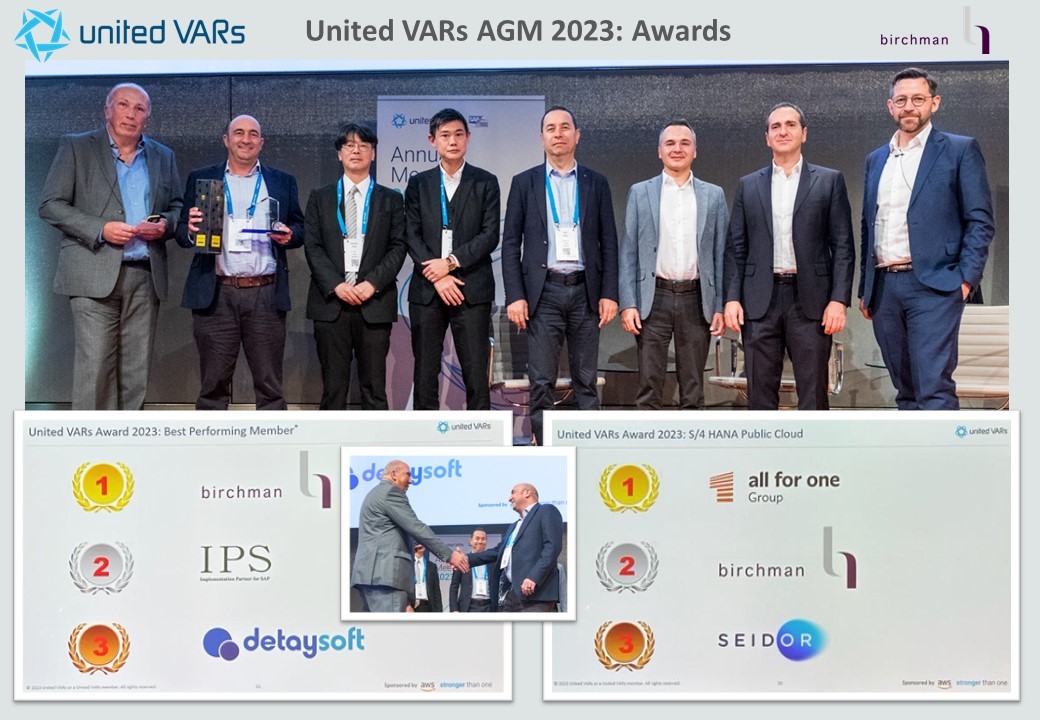Birchman has to date, completed 9 projects in the UK and Europe for end-to-end SAP HANA Migration – mainly in ERP, BW and CRM. As a result, we have defined a delivery methodology that is robust and seamless.
This methodology is based on experience from Birchman consultants getting their hands dirty directly delivering projects. I was privileged to be involved in some very innovative strategies using virtualisation platforms and external data storage to complement the existing SAP HANA appliance.
Based on this hands on approach, I have defined 10 steps to achieve a successful SAP HANA Migration project.
- The right HANA Appliance All SAP HANA appliances are SAP Certified so go with what has been tested and proven and needs to be done in conjunction with a detailed SAP Best Practise sizing exercise. The Birchman SAP HANA lab conducts Proof of Concepts (POC) with hardware from multiple vendors.
- (DR) Disaster RecoveryAn existing DR process, tested and documented must be in place to mitigate any project disaster risk.
- SAP Solution Manager Versioning in place to support SAP HANA.
- Pre-requisites Ensure all prerequisites are diligently implemented to avoid issues during migration. Migration strategy between Database Migration Option (DMO) and Classical Migration is defined here. Birchman has successfully completed 5 projects using the DMO method.
- Roles and responsibilities Clear roles and responsibilities defined for all parties involved.
- Knowledge base.Central repository for all information from previous projects. Birchman has a live knowledge base shared accordingly to all customers.
- Project Management Abide by SAP standard methodologies via ASAP, Solution Manager etc.
- SAP Core Competency Centre Establish key relationships prior to project. Birchman has a good working relationship based on previous projects.
- Execution and Post ProcessingMigration tasks are carried out as per project plan and followed by defined post processing tasks.
- SAP HANA KPI testingTesting of key processes post go-live to harness the full in-memory value.
Conclusion
SAP HANA and S/4HANA has the potential to be the future of all enterprises going forward. With Birchman’s skills in this area, the defined steps have been proven in our past deliverables.
Feel free to get in touch with me for further insights into our customer base experiences and implementing these steps.
Sudesh Lourdes, Technical Architect



